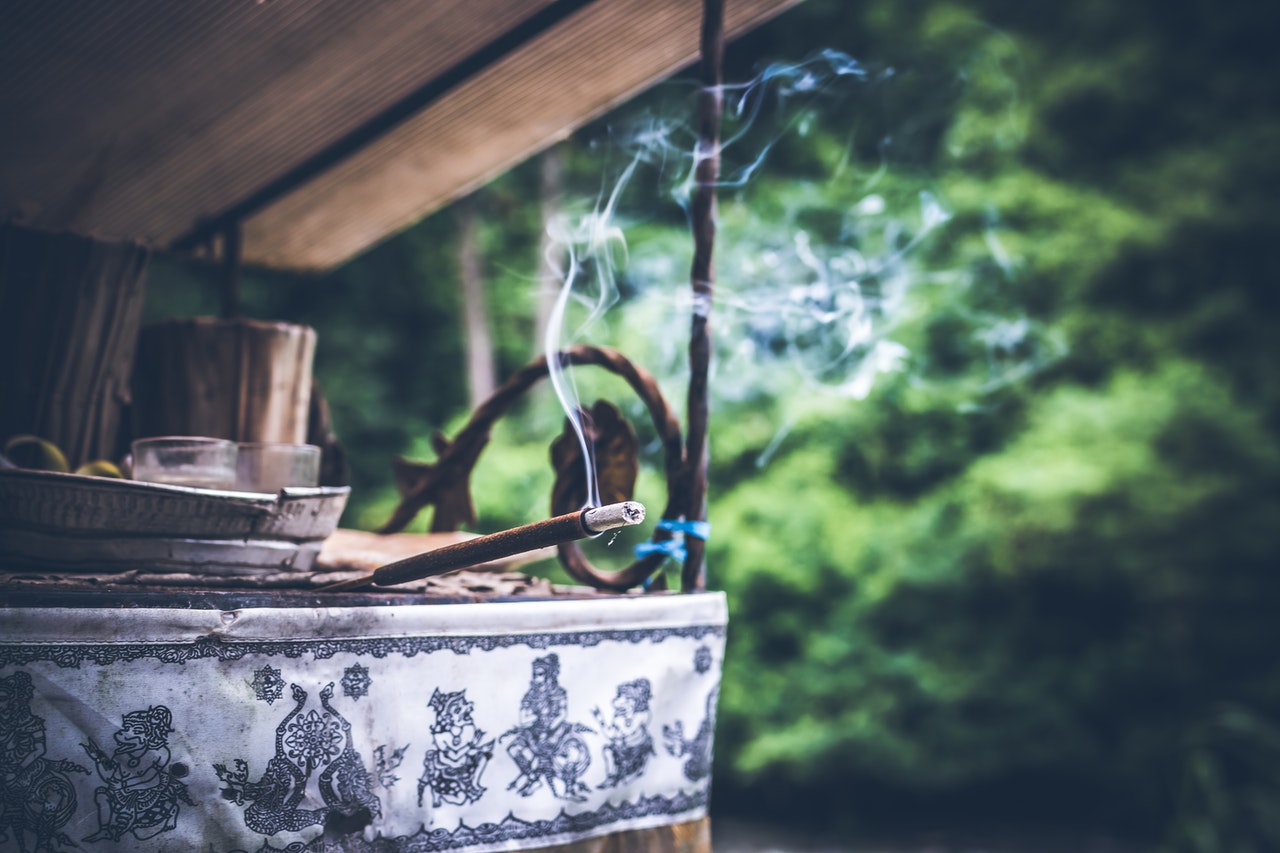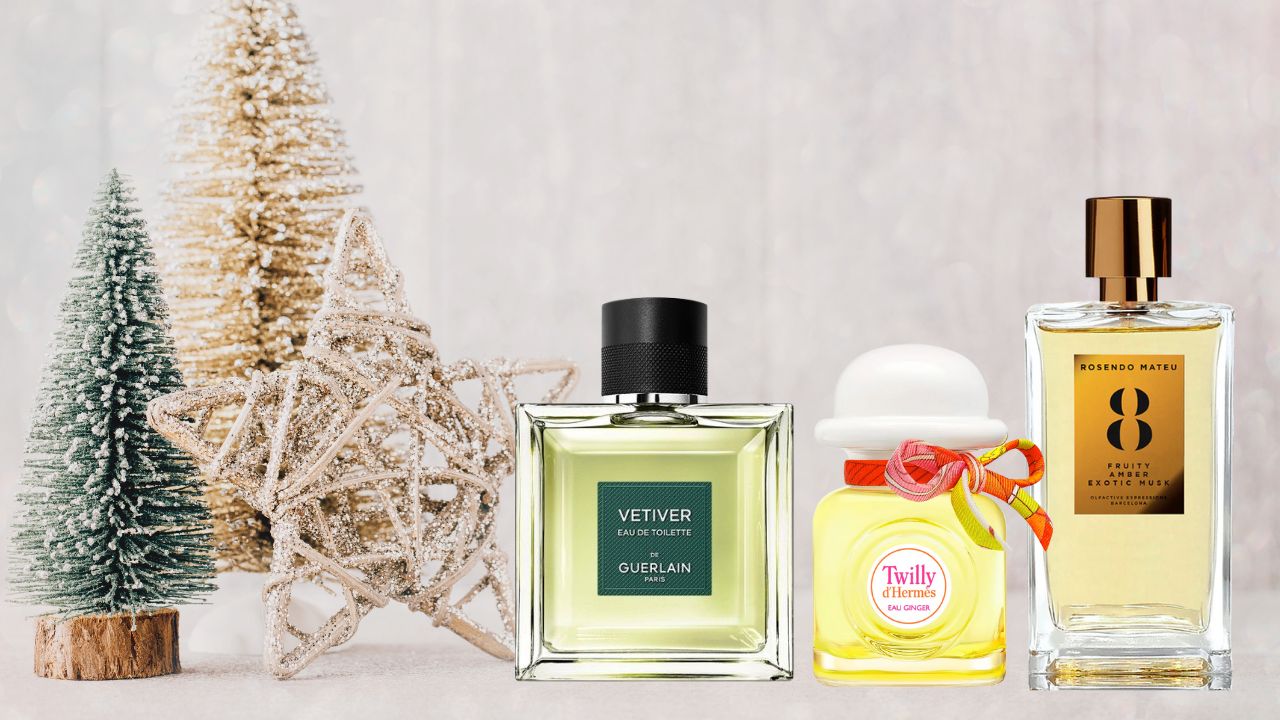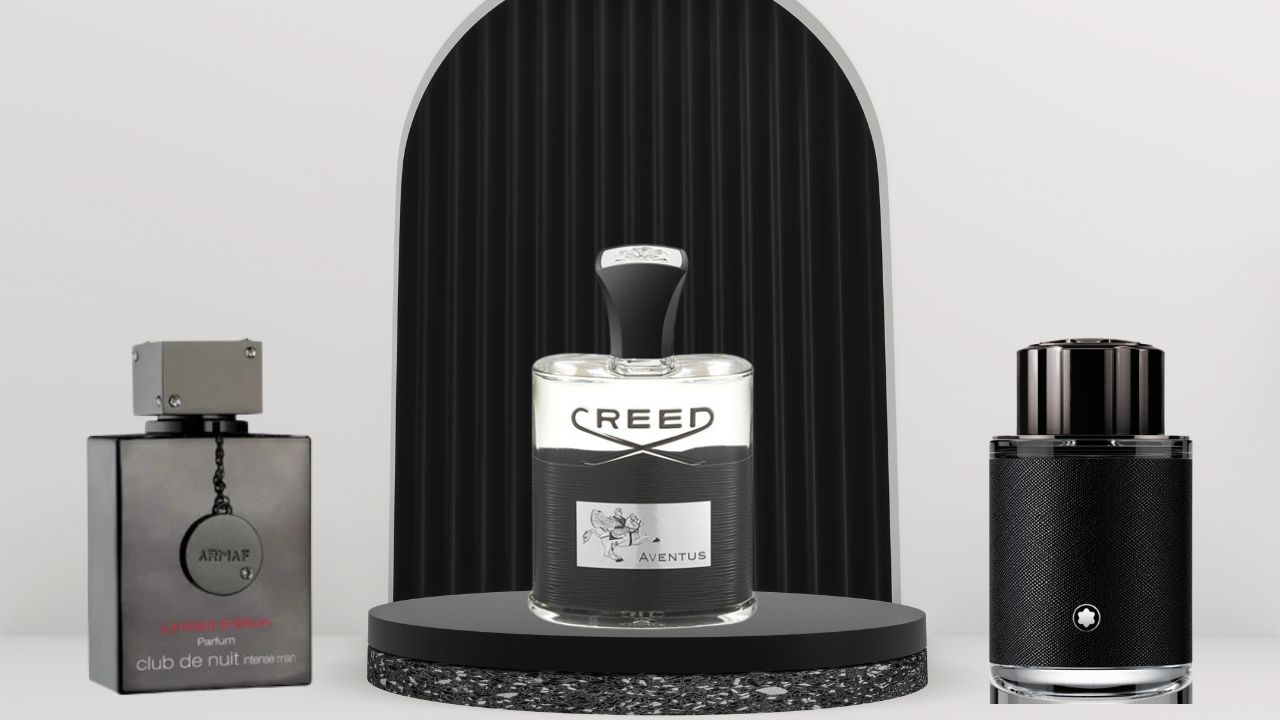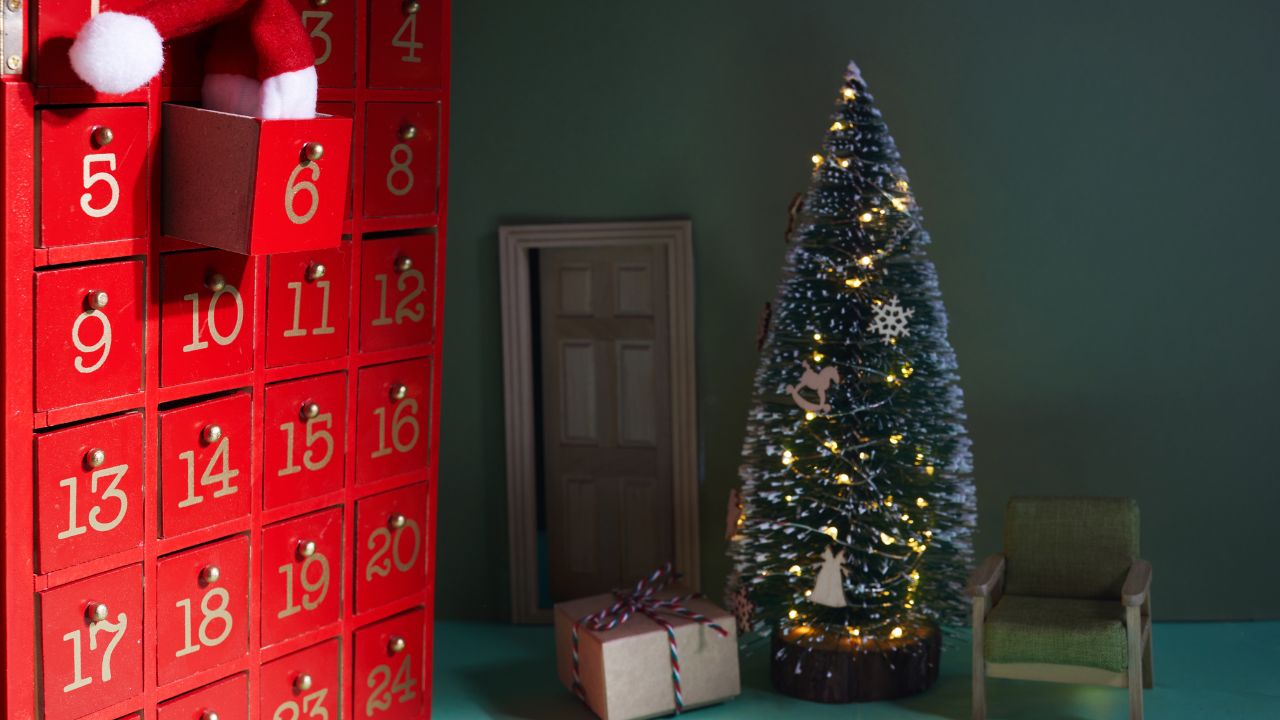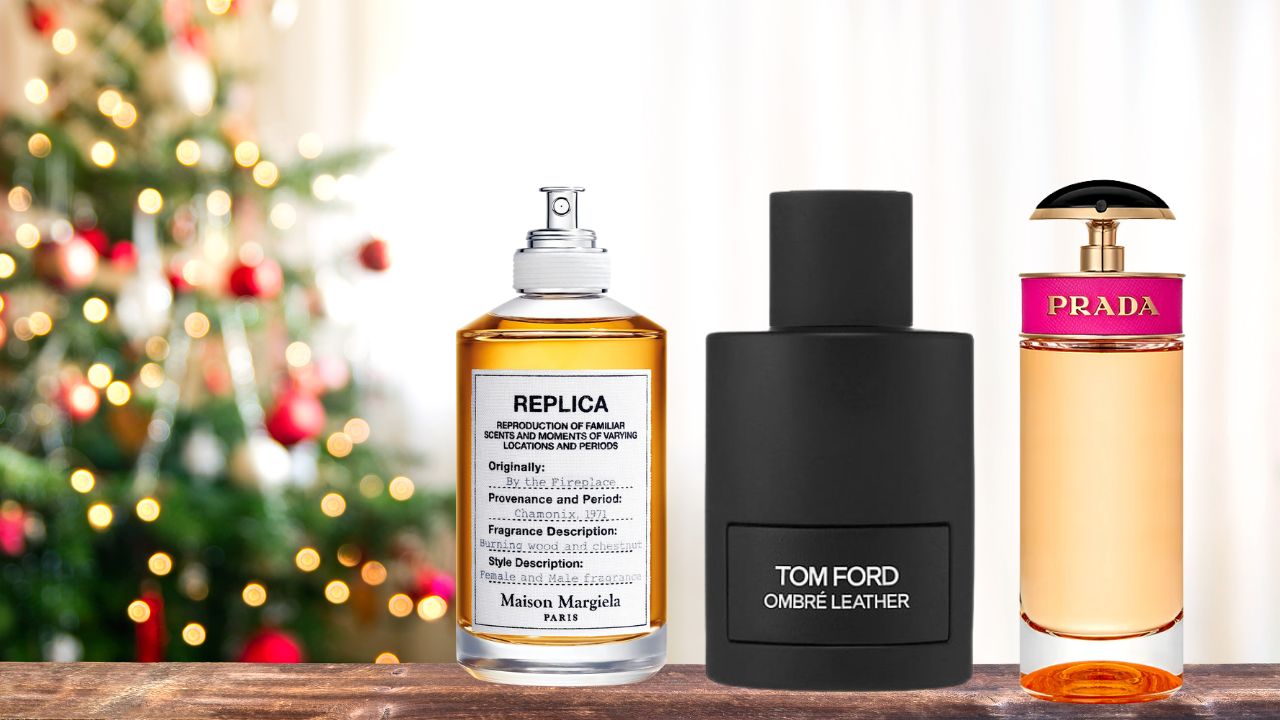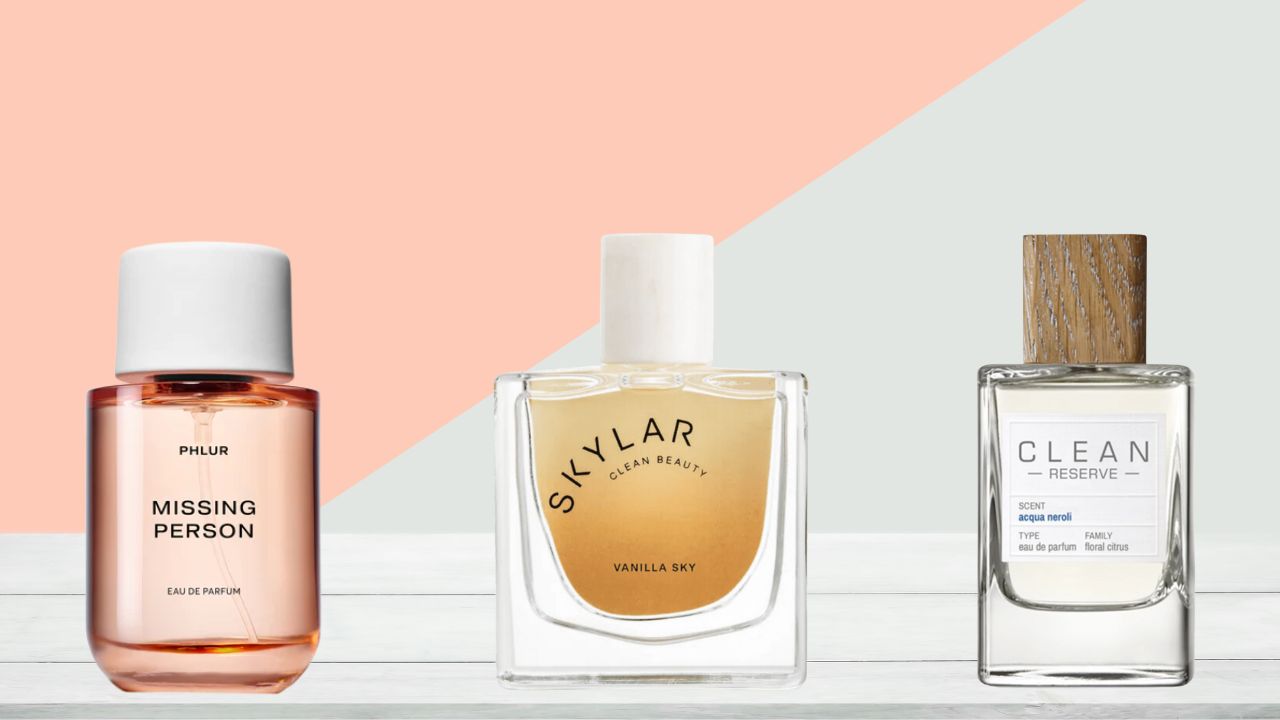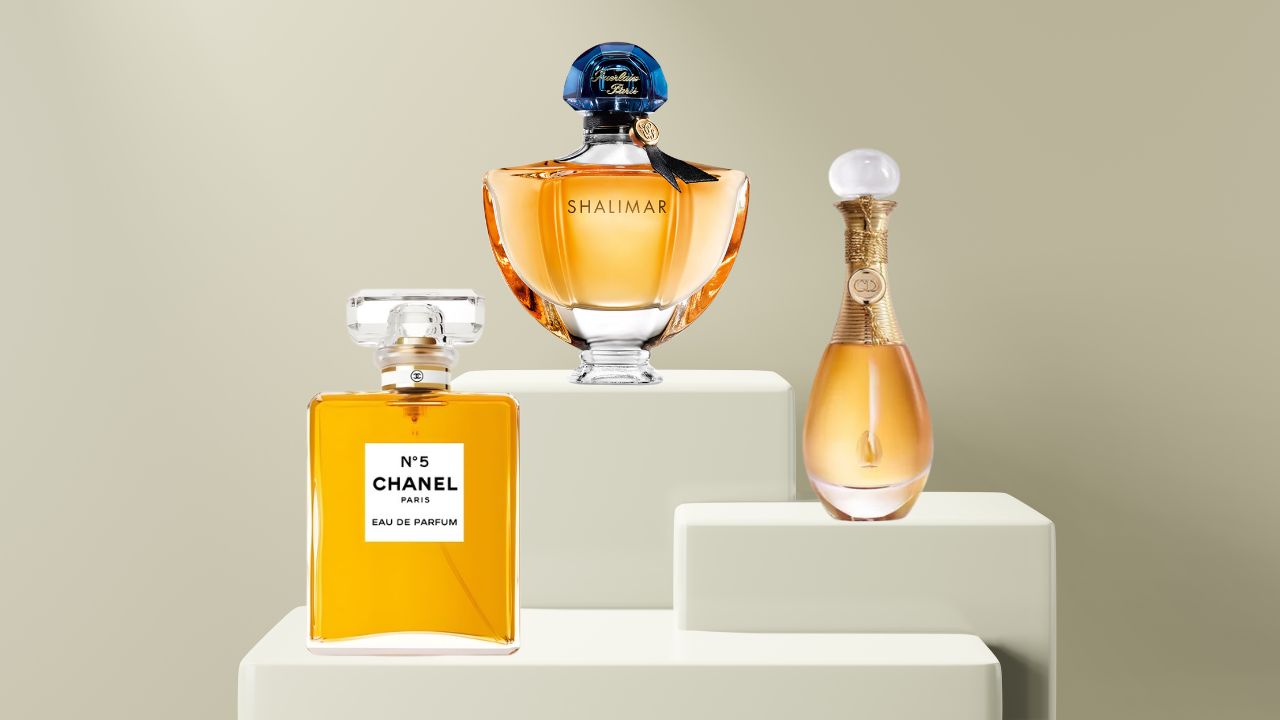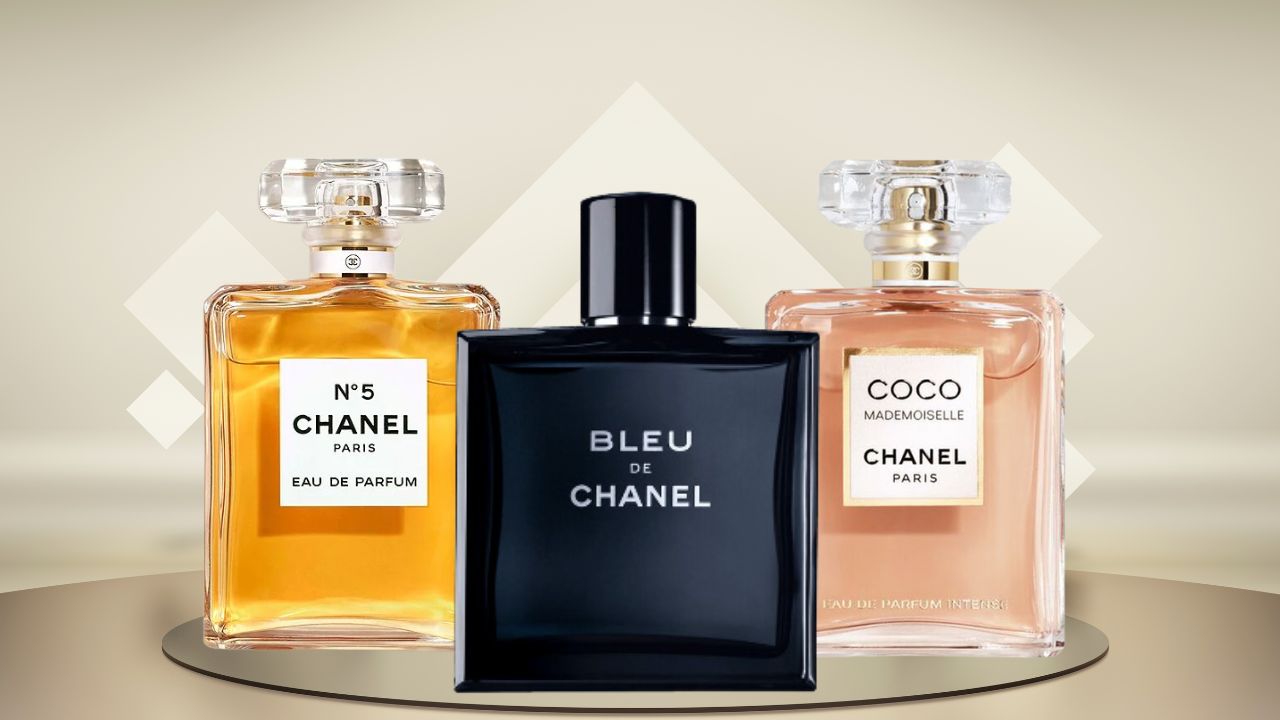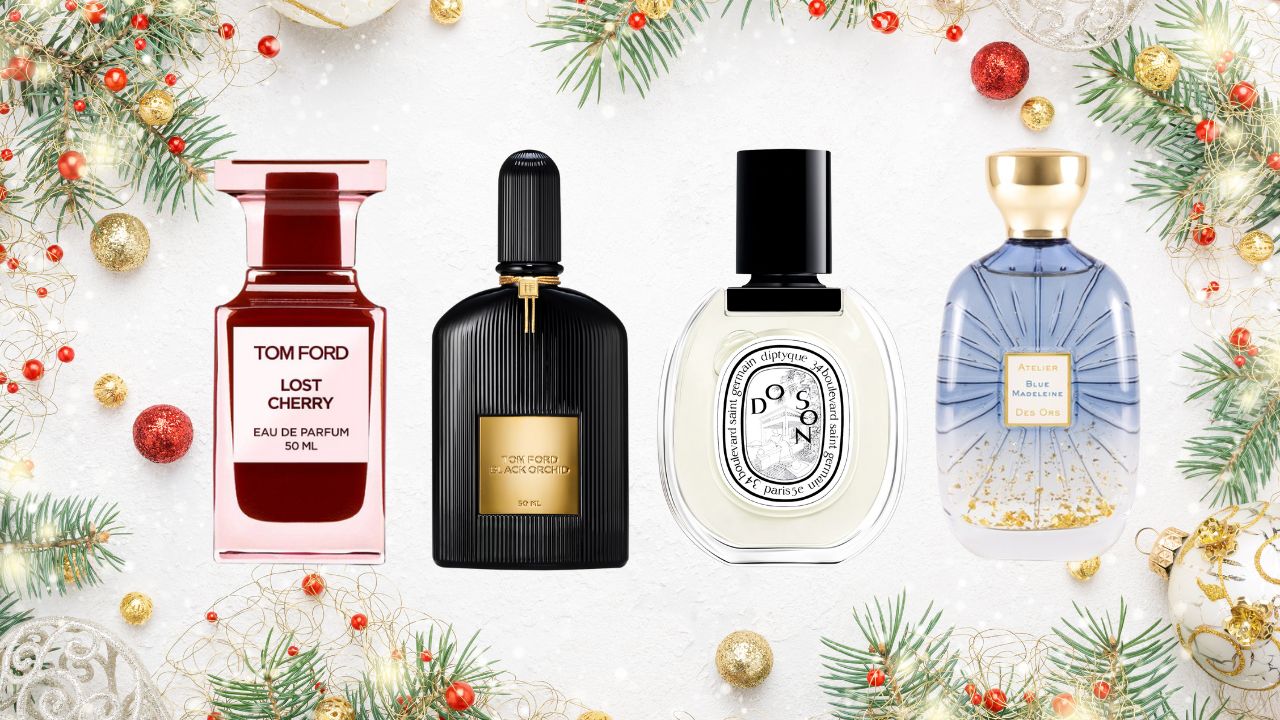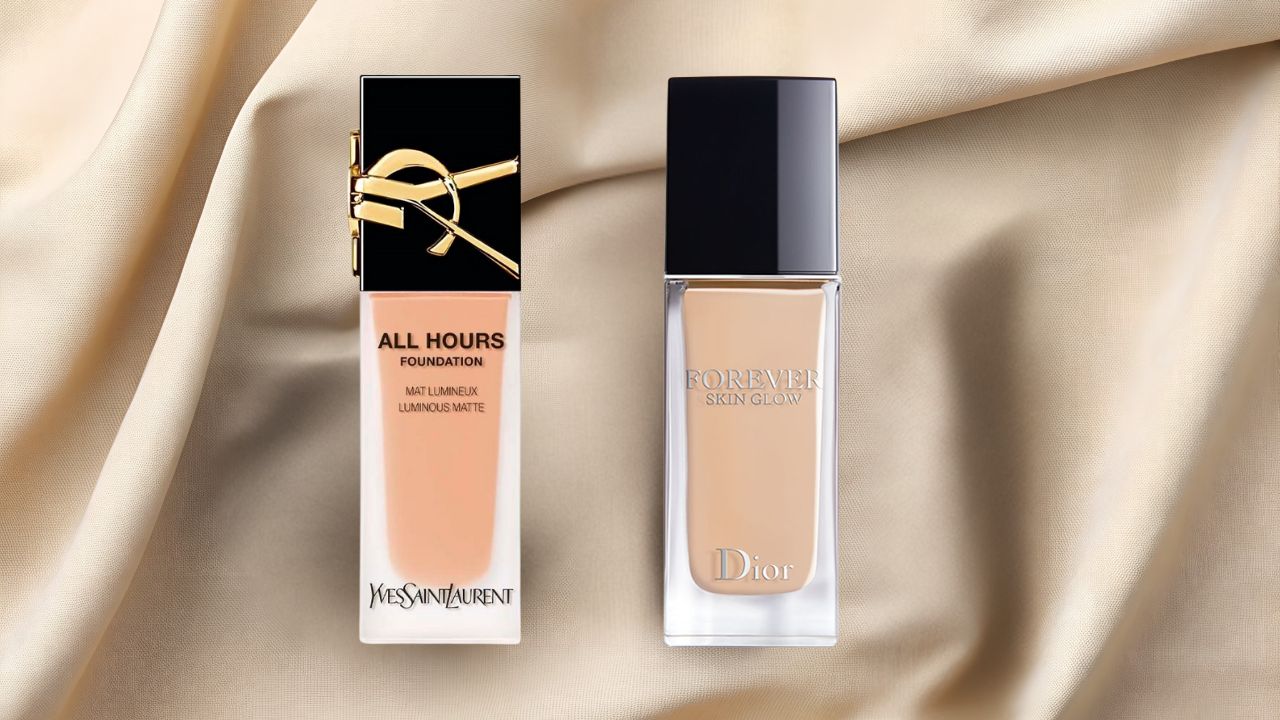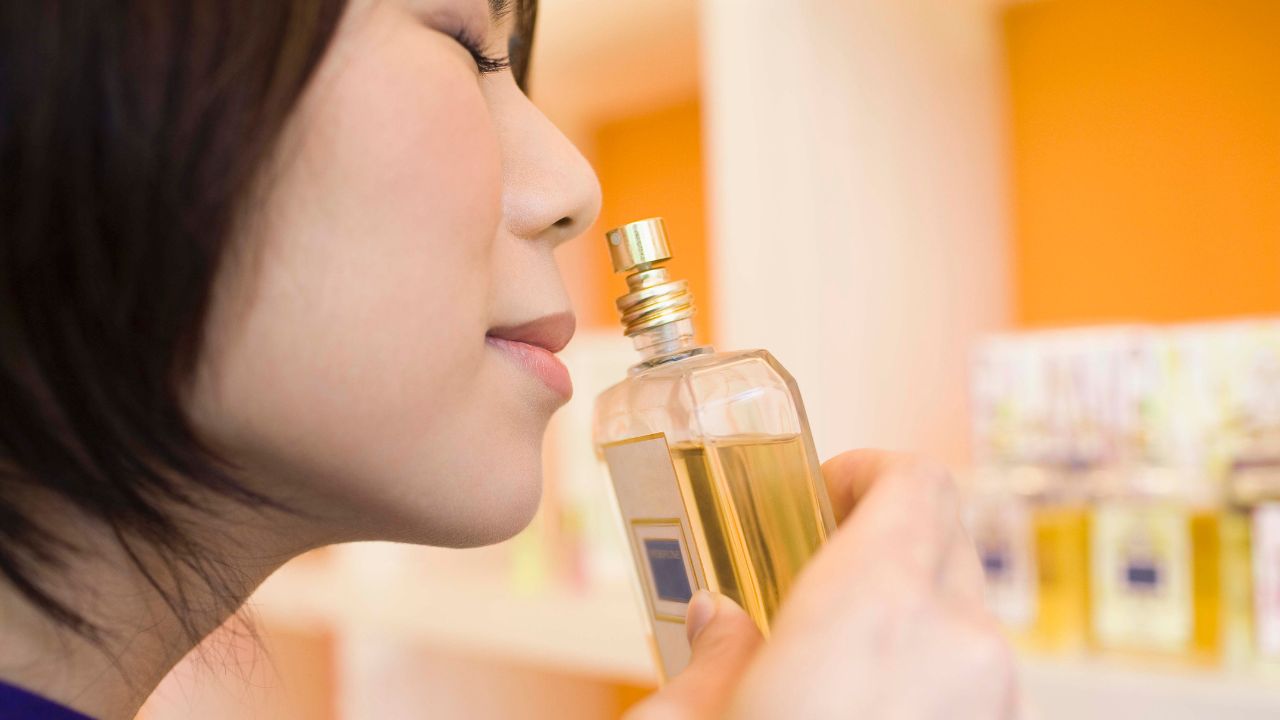Blog
Home / Origins & History of Perfume / Perfume in Ancient China
Categories
Recent Posts
- Affordable Christmas Perfume Gifts That Actually Feel Luxurious
- The Definitive Guide to Perfumes That Smell Like Creed Aventus: Luxury Scents Without the Luxury Price Tag
- Perfume Advent Calendars: 12 Days of Niche Scents
- Christmas Makeup Ideas: Your Guide to Festive Glamour That Actually Works
- Perfumes That Smell Like Christmas: Your Guide to Festive Fragrance Magic
The popularity of perfume was not limited to just Roman and Greek civilizations in Western culture. The ancient Chinese were also pioneers of aromatic products and championed them in their daily lives. Often credited with introducing perfume to Eastern culture, the Chinese used many unusual scented products. For example, the ink with which they wrote was also perfumed and smelled elegant. The Sui and Song dynasties saw many noble and rich Chinese people using perfumes for personal grooming. They usually traded the ingredients via the Silk Road. Fragrance reached its height of fame during the Yuan, Ming, and Qing dynasties.
How did the ancient Chinese use perfume?
The ancient Chinese enjoyed using perfume as a daily grooming ritual, but that was not the primary use. They believed that scented products elevated their quality of life which is why they surrounded themselves with aromatic items inside their home. Perfume also played an important role in places of worship. It was often used to honor gods and goddesses. The Chinese viewed perfume as a product that could disinfect and purify any space. As a result, they often used it hoping that it would keep diseases at bay. Oriental fragrances usually include a heavy dose of herbs and spices, making them fit for medicinal needs. While the ancient Chinese liked the notion of anointing themselves with perfume, they took a more spiritual and utilitarian approach when it came to its usage.
Ancient Perfumes in China
Before the Chinese started creating multi-ingredient intricate perfumes, they used simple perfumes with natural accords that were widely loved. Modern Oriental perfumes are heavily inspired by these ancient creations.
Incense
Accessible only to noble families because of its exorbitant pricing, it was often used as a home fragrance. Placed in incense burners, it would infuse the aroma into the surroundings. Incense became a symbol of high status, and was believed to have spiritual benefits. Also called Xiang, meaning ‘fragrance, scent, aromatics, perfume, flavoring and spice’, incense came in different forms that exuded the beloved scent when burnt. Chinese incense became popular during the Qin (221-206 BC) and Han periods. Han scholar Cheng Xuan (127-200) described incense as ‘pastes’ made with aloe (garoo), putchuk (costus), clove, camphor, musk and wild honey.
Nectar
Nectar was commonly used by Chinese women who wanted to smell good when they were out in public. Nectar was created with ingredients sourced from various flowers like lotus, lily, and chrysanthemum. Unlike the incense that was considered suitable for both men and women, nectar was always classified as women’s perfume.
Agarwood
Agarwood or Chen Xiang was an important ingredient in ancient Chinese perfume history. With a rich history, this precious perfume was commonly used during religious rituals. It was known to help the process of meditation. The Chinese also bought products made with agarwood because they were naturally aromatic.
Effect of Buddhism on ancient Chinese perfume culture
The emergence of Buddhism accelerated China’s evolving incense culture with the introduction of meditative practices in temples and monasteries. Burning incense became synonymous with respecting deities and purifying the temple space. In Tang China (618-906), ‘six critical perfumes’ were cited by Xin Xiu Ben Cao, namely aloeswood (garroo), frankincense, cloves, patchouli, elenni and liquid amber.
Related posts
Affordable Christmas Perfume Gifts That Actually Feel Luxurious
There's something inherently intimate about gifting fragrance—it's a gesture that says you've paid attention, that you understand someo...
The Definitive Guide to Perfumes That Smell Like Creed Aventus: Luxury Scents Without the Luxury Price Tag
There's a certain magnetism to walking into a room wearing the right fragrance. It's not loud, it's not desperate—it's simply there, co...
Perfume Advent Calendars: 12 Days of Niche Scents
There's something quietly revolutionary happening in the world of fragrance, and it arrives in December wrapped in numbered boxes. Forg...
Christmas Makeup Ideas: Your Guide to Festive Glamour That Actually Works
Picture this: You're getting ready for the season's most anticipated gathering, and you're faced with the same tired holiday makeup dil...
Perfumes That Smell Like Christmas: Your Guide to Festive Fragrance Magic
There's something almost alchemical about the way certain fragrances can transport you instantly to a snow-dusted evening in December, ...
Perfume for Sensitive Skin That Won’t Cause Allergies: The Essential Guide to Scent Without Irritation
There's a particular kind of disappointment that comes with finding a fragrance you love, only to discover hours later that your skin h...
10 of the Classic Perfumes That Never Go Out of Style: The Timeless Fragrances That Define Elegance
In the hushed elegance of a Parisian boutique, where crystal flacons catch the afternoon light like precious jewels, something remarkab...
Perfumes with the Most Beautiful Bottles: Where Art Meets Olfactory Excellence
In a world where first impressions are everything, the bottle sitting on your vanity speaks volumes before you've even spritzed a singl...
10 Best Chanel Perfumes: Timeless Elegance in Every Bottle
In the world of luxury fragrance, few names command the reverence and recognition that Chanel does. Picture this: it's 1921, and Gabrie...
The 10 Best Women’s Perfumes for Xmas Gifts: Luxury Fragrance Gift Guide 2025
Choosing the perfect women's perfume for Xmas gifts requires more than walking into a store and picking the prettiest bottle. The right...
Dior Foundation vs YSL Foundation: The Ultimate 2025 Comparison Guide
Standing in front of the luxury foundation counter, you're faced with a decision that's both exciting and overwhelming. Two beautiful b...
Why Certain Smells Bring Back Memories: The Proust Effect Explained (2025)
The scent of fresh-cut grass transported me instantly to summer afternoons at my grandfather's farm. I was standing in a city park, yet...
Comments


